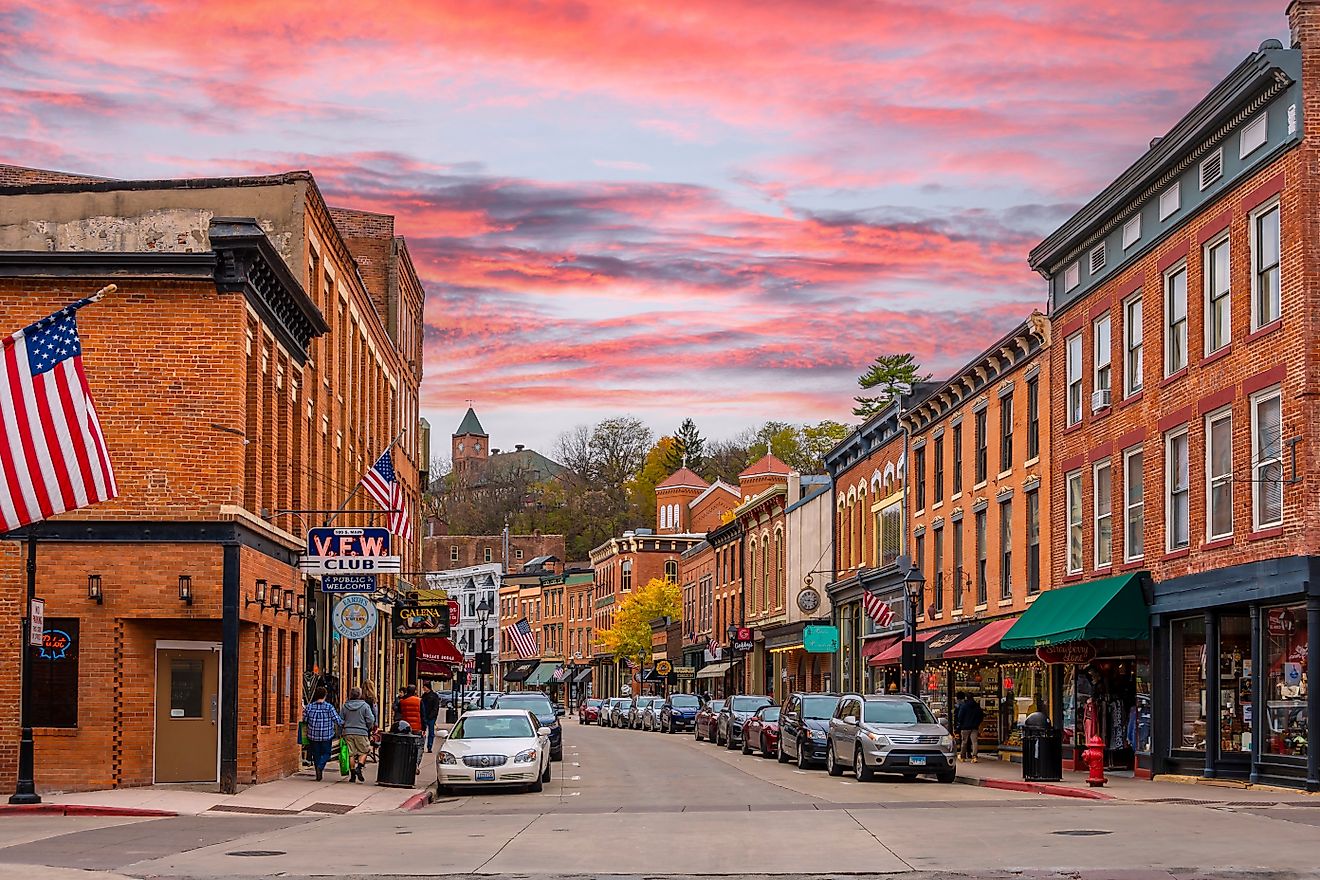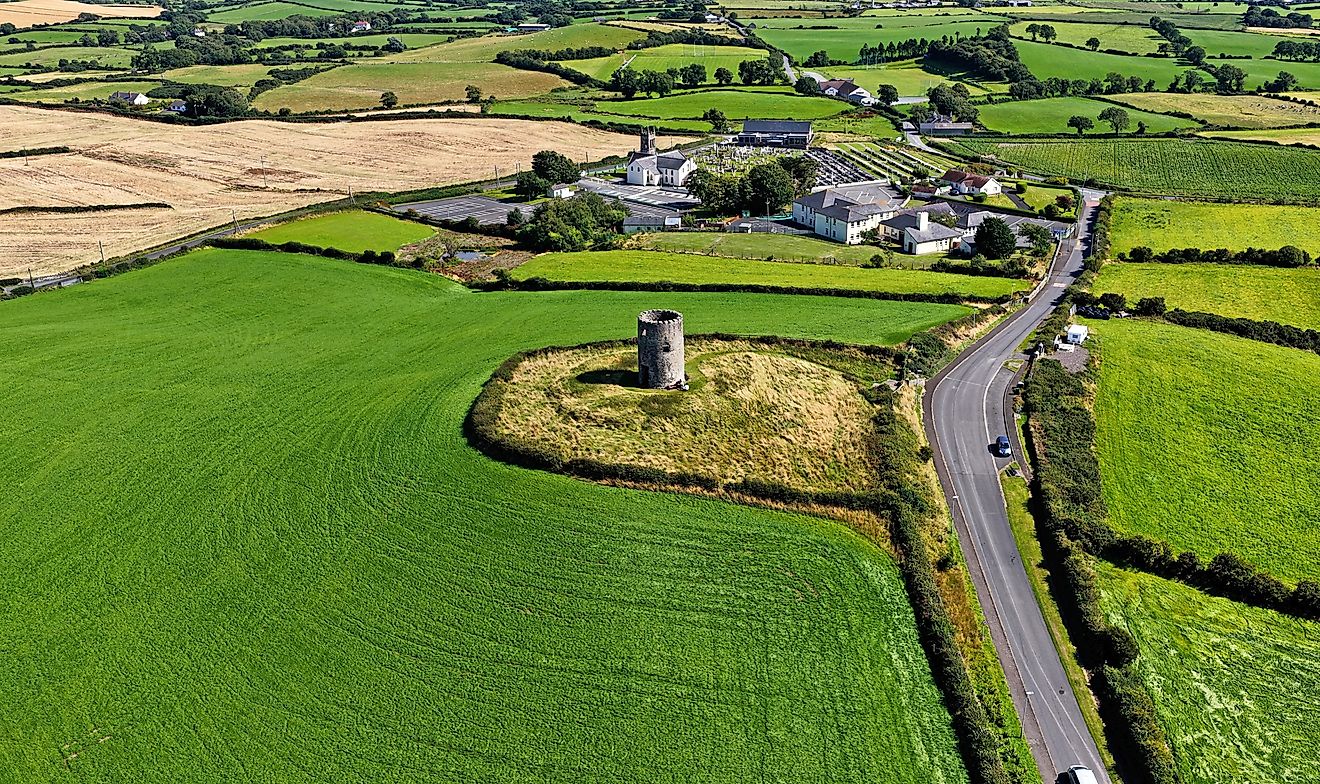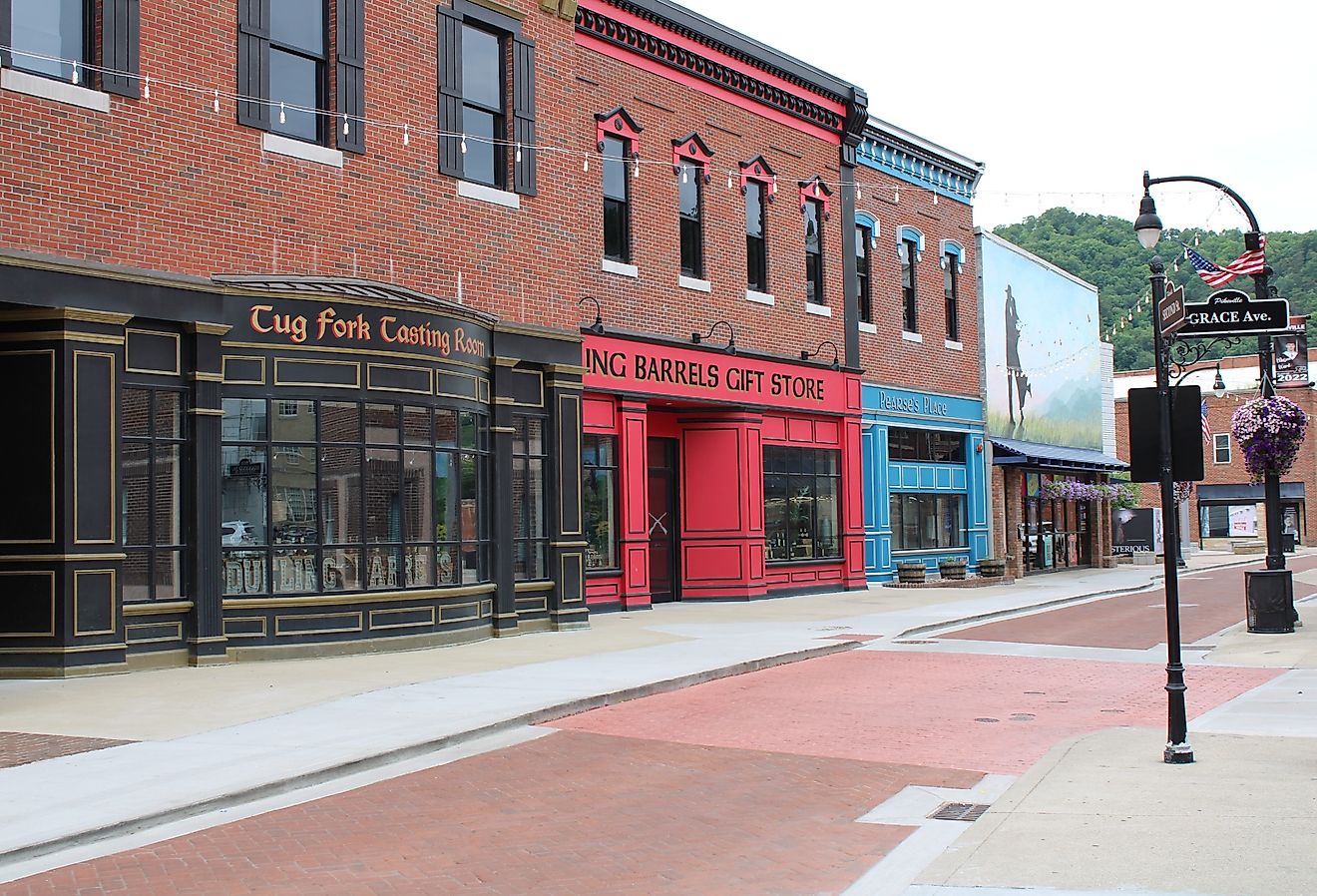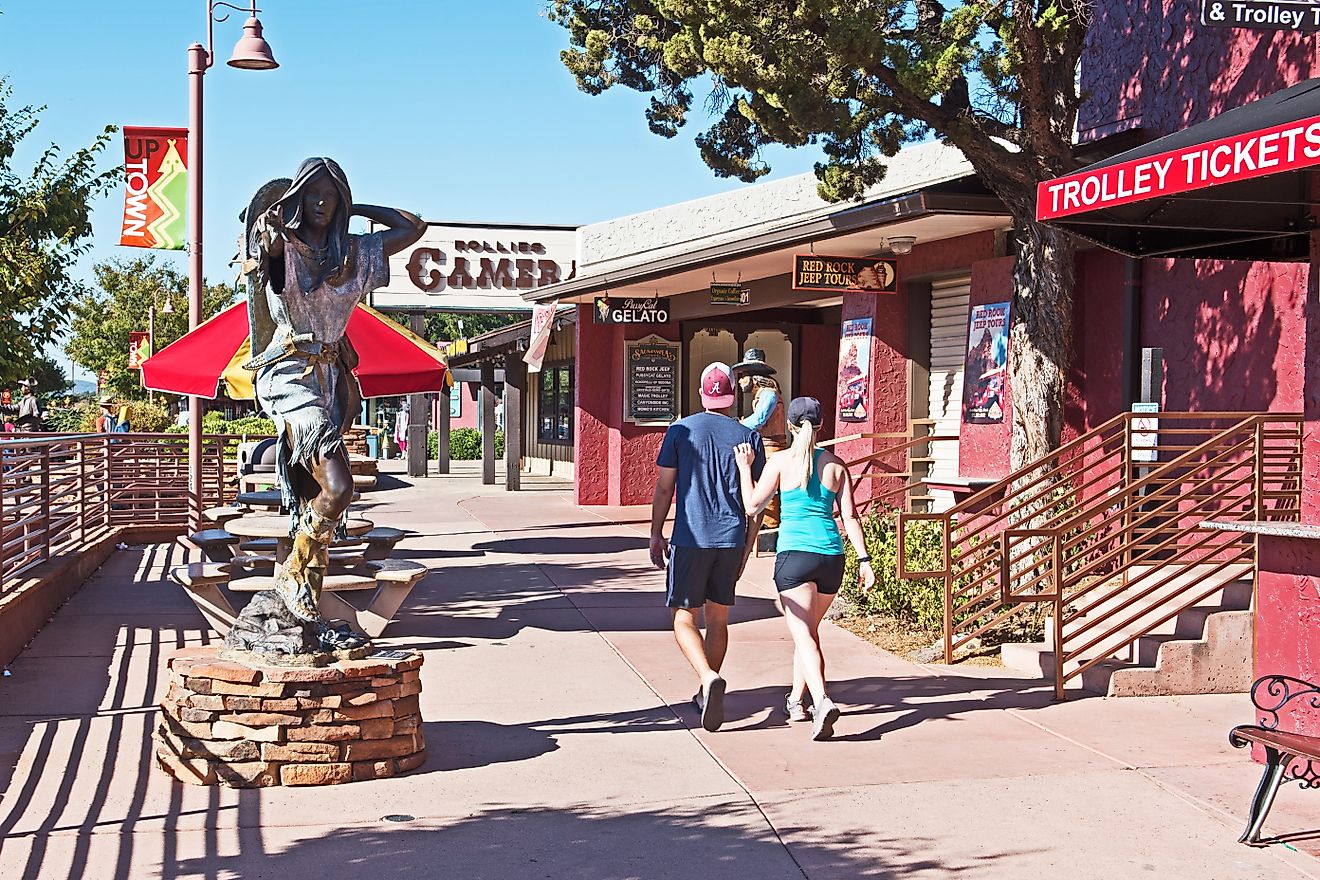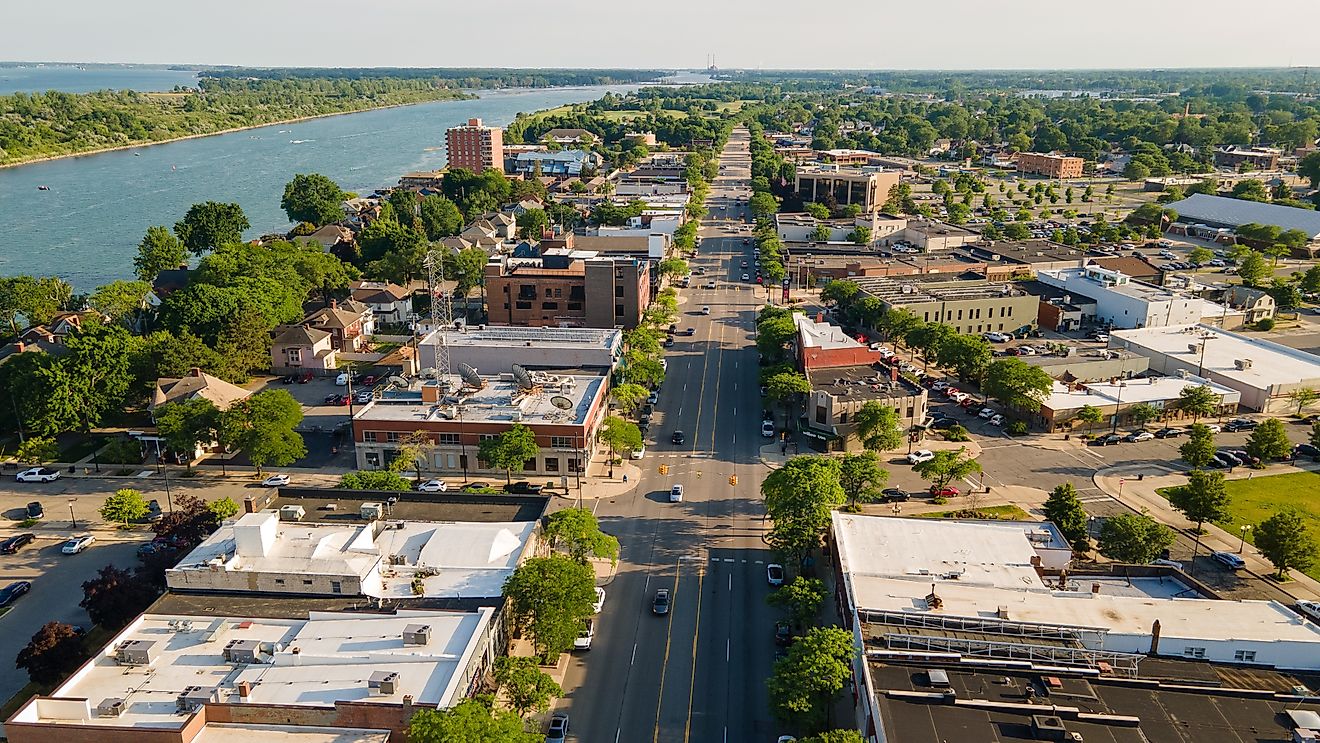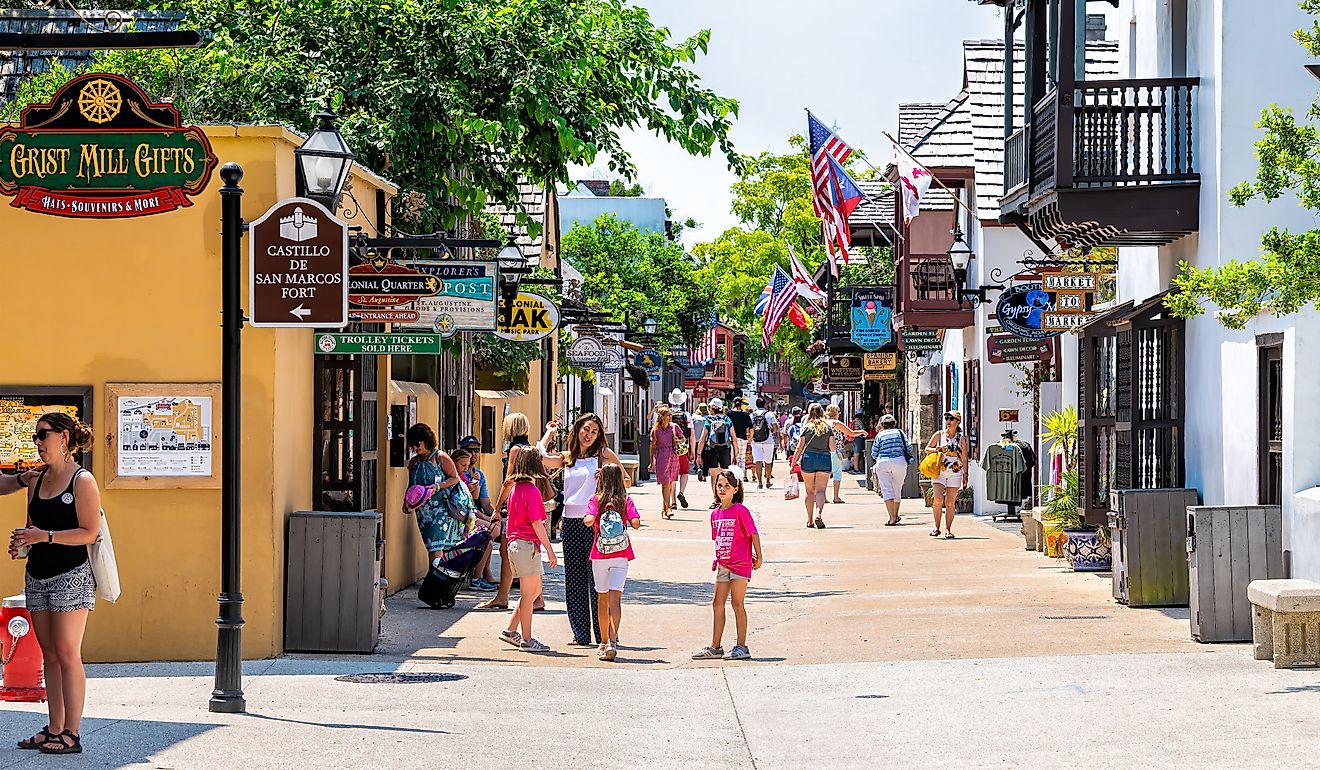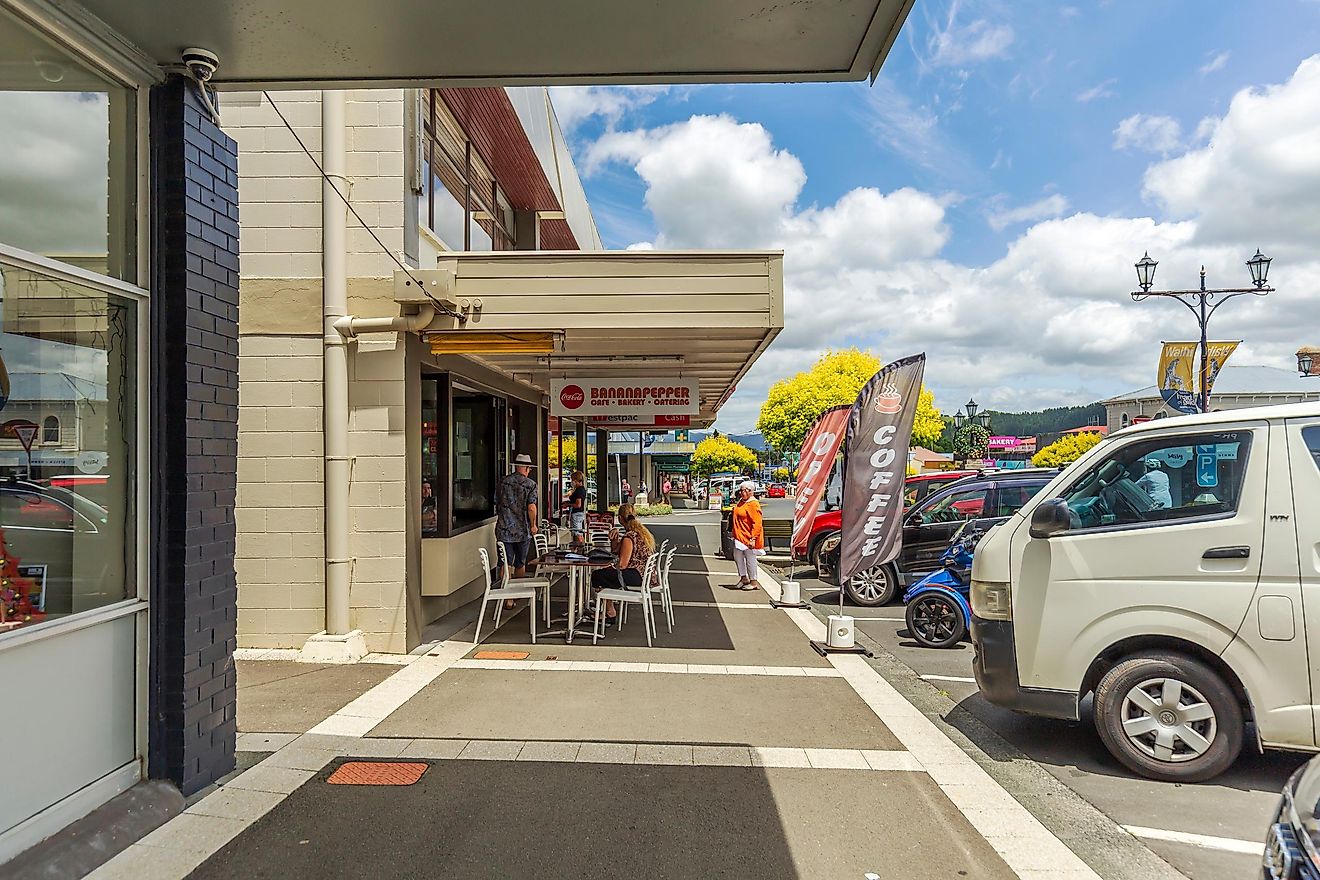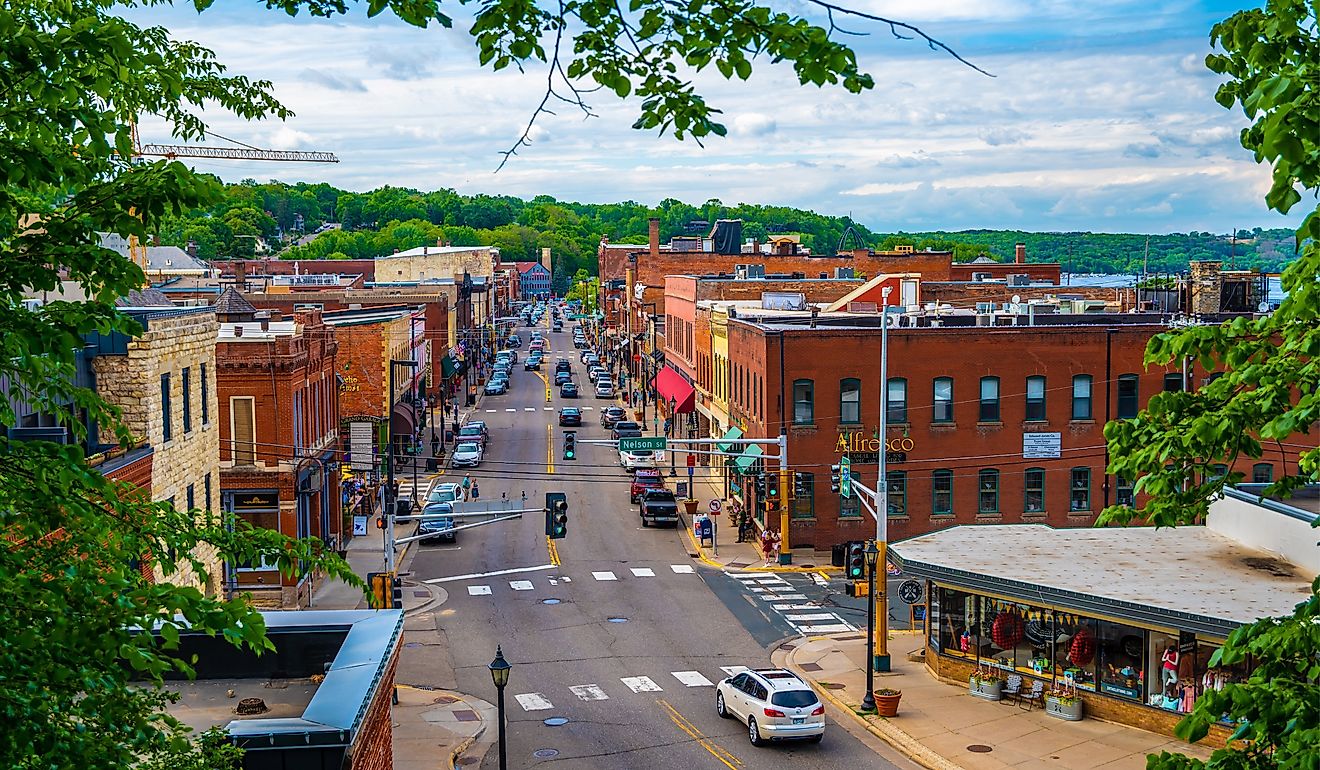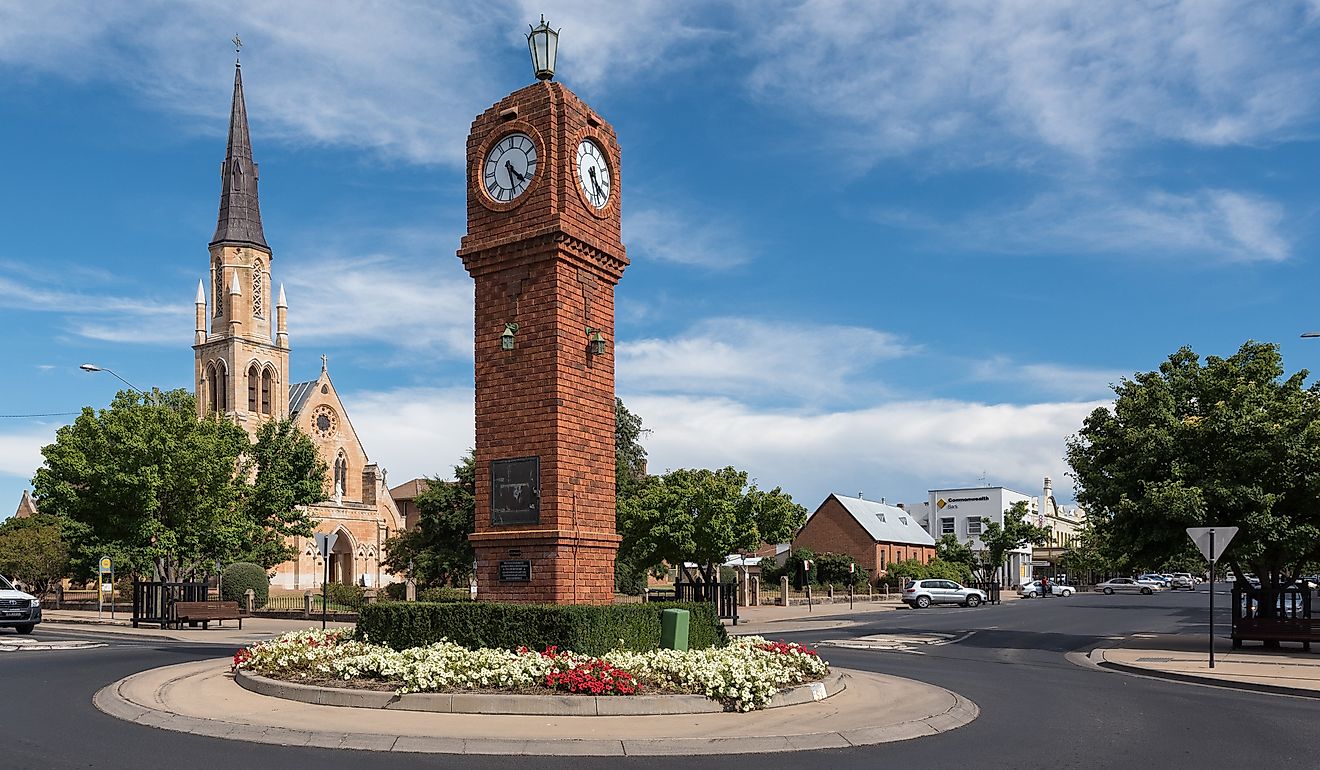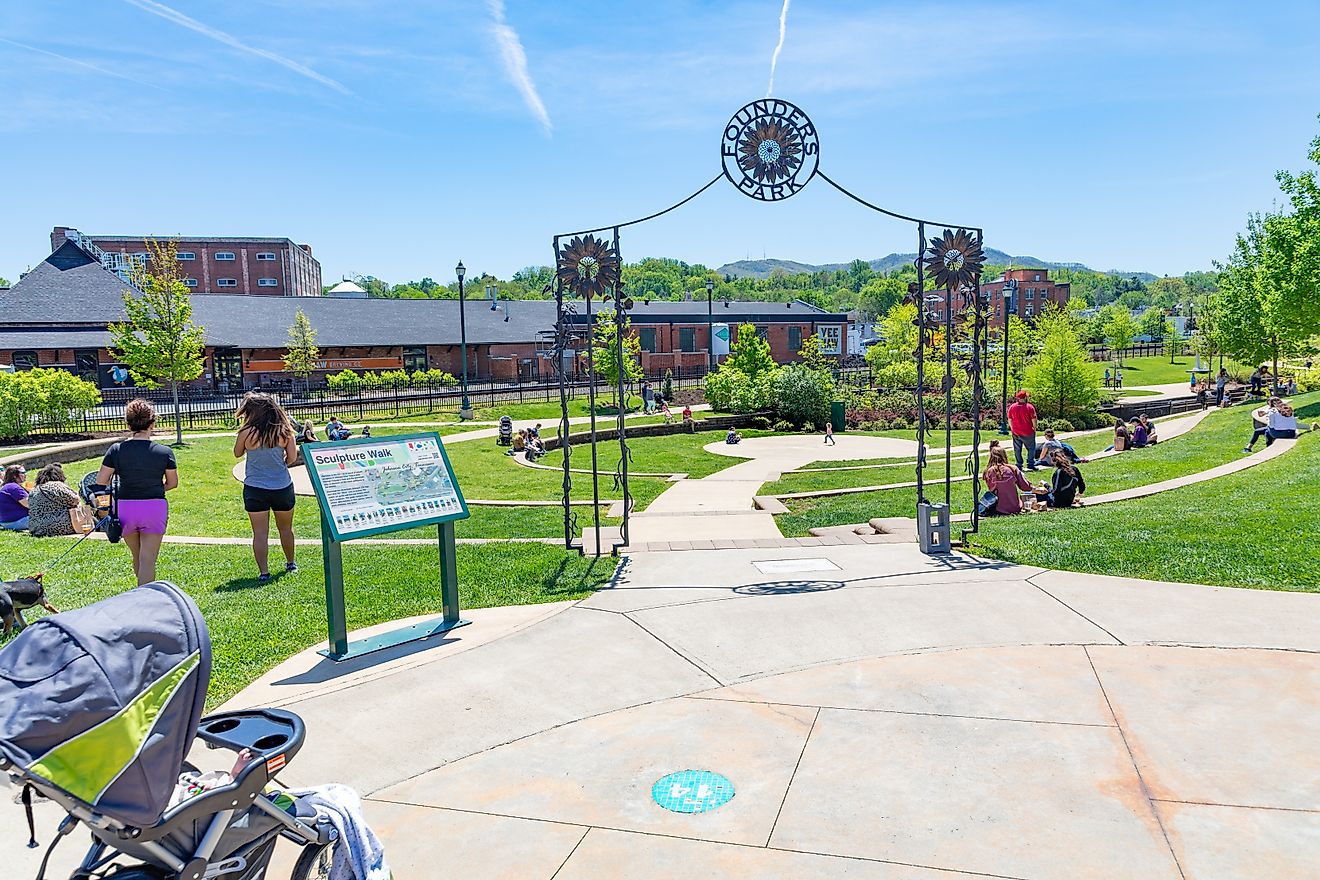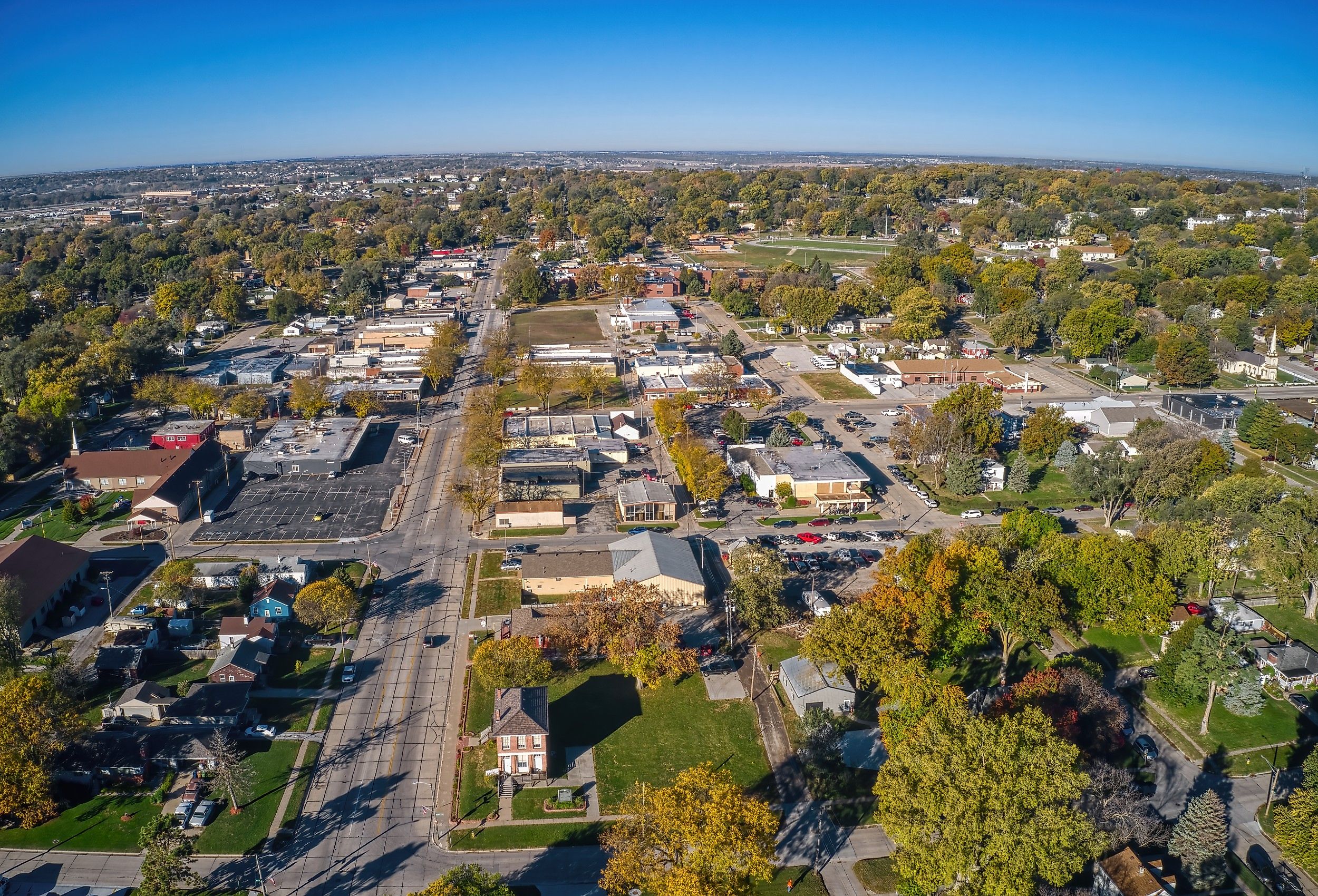
This Nebraska Town Is Older Than the State Itself
The town of Bellevue has a long history, one even predating Nebraska, the state it lies. Long before it became a trading post along the Missouri River, where trade and travel created early growth, the valley was home to native tribes whose presence left a lasting mark. Gradually, fur traders built the first structures and opened paths west, followed by Missionaries looking to convert natives and colonists alike. Each phase left a mark, and today, Bellevue reflects those early foundations through its history and its atmosphere. From fur traders and Native Americans to a long relationship with the United States Army, Bellevue is home to a long, unforgettable history.
Bellevue: Early History
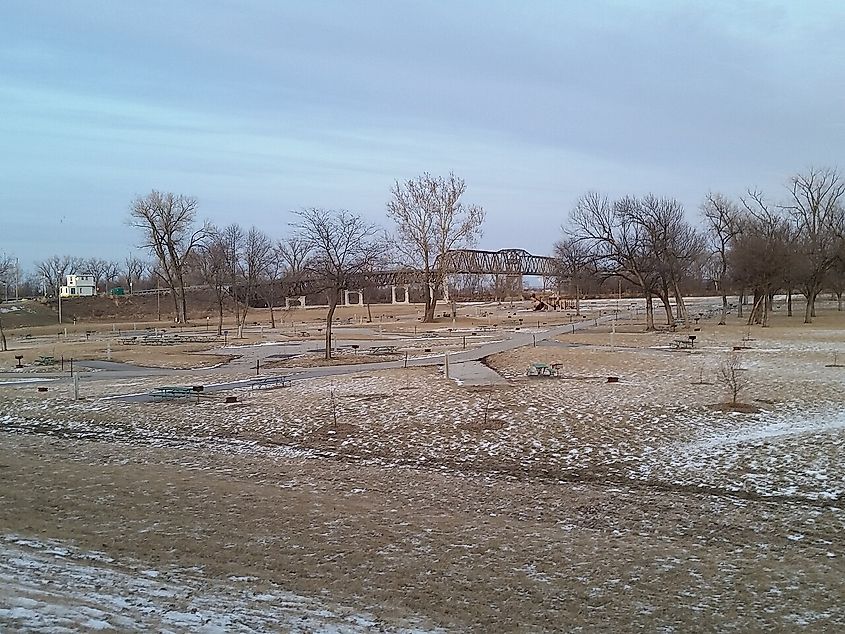
The birth of Bellevue dates back to 1822, when traders working under the Missouri Fur Company started a trading post close to the Missouri River. The place was already home to Native American tribes, like the Otoe and Omaha. These tribes lived and traveled in this area for hundreds of years. The spot served as a meeting location between local tribes and the growing web of Euro-American trade spreading westward from St. Louis, which was the main supply and trade hub for the greater area. The name Bellevue, meaning “beautiful view” in French, was likely given by early French-Canadian explorers who passed through the nearby river valley.
As the fur trade declined, the trading post was sold off to the US government in 1832 and repurposed as the Missouri River Indian Agency, also known as the Bellevue Agency. When missionaries arrived in 1833, the US Indian Agency allowed them to stay at the post temporarily. Two of these missionaries, Moses and Eliza Merrill, set up the Bellevue Mission close by. There, they not only constructed a building, but ran a little printing press, and gave lessons in English and Otoe. This made the settlement one of the first mission centers west of the Missouri. In the decades that followed, Bellevue gained more attention from government officials and was briefly considered as a site for the territorial capital. Though that designation went elsewhere, Bellevue remained important to federal and military interests and was incorporated in 1855, 12 years before Nebraska became a state.
Into the Modern Era
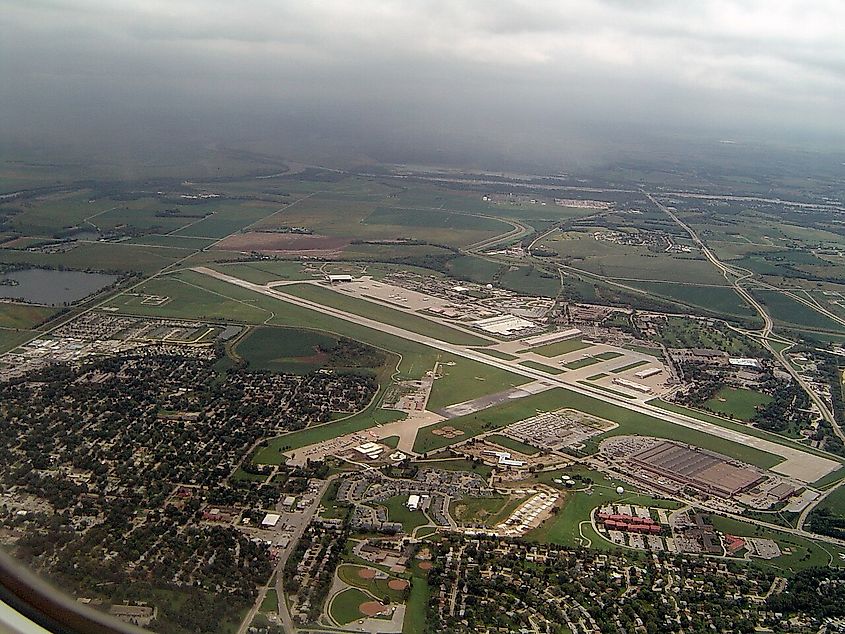
In 1890, Bellevue was home to fewer than 600 people and still only had simple city services. The village board met informally, and water service remained minimal. The town's fortune changed when the War Department chose Bellevue for Fort Crook, named after General George Crook, with troops arriving by June 1896. Fort Crook served as a dispatch center during the Indian Wars and later as a staging ground in the Spanish-American War. In 1918, the 61st Balloon Company established operations there, marking the town’s first involvement in aviation.
While the army was an important part of the town’s growth, so was the railroad. Bellevue’s rail connection began in 1869 with the Burlington Depot, which by 1940 offered daily mixed train service to Omaha and Ashland. On December 6, 1940, there was another big turning point for the town: the War Department announced construction of a bomber plant and nine facilities on the Fort Crook reservation to be built by the Glenn L. Martin Company.
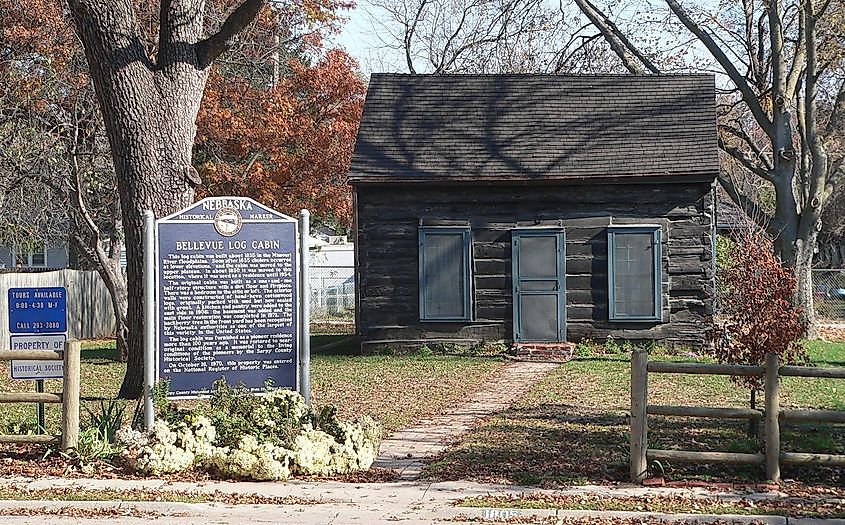
Construction began in early 1941. Housing developments followed quickly to serve thousands of plant workers. Bellevue started making its improvements to its sewers and water services before the year was done. They also expanded on paving roads to help handle the flood of new people coming in. During World War II, the Glenn L. Martin Nebraska Bomber Plant assembled almost 1,600 B-26 Marauders and just over 500 B-29 Superfortresses, including the Enola Gay and Bockscar. The increase in activity during those years of conflict changed the small, calm country town of Bellevue. By 1940, the population hovered around 1,200 people. By 1960, that number was already nearly 9,000. And, by the 1970s, the people living there were over 20,000. Bellevue had become a city on the rise.
A Modern Town
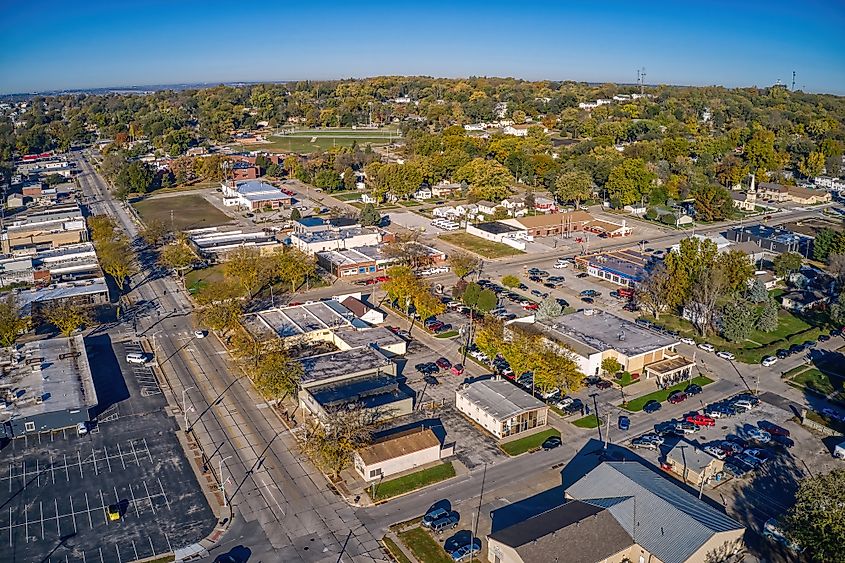
Nowadays, Bellevue is home to around 64,000 people, sitting on Missouri River's western side. Surrounded by wetlands and forests, the nature surrounding the town are a huge feature for its residents. One of the town's more well-known streets is Mission Avenue, with all sorts of historic buildings still standing, linking the town's current-day life to its history. This area has become part of a city effort known as the Frontier District, which includes plans for sidewalk improvements, updated storefronts, and residential development. The current area is already a nice walkable option for tourists and residents alike, and efforts to preserve Bellevue’s early architecture are visible alongside streets and corners where older homes have been maintained or repurposed.
Offutt Air Force Base can be found on the southern edge of town and has played a big role in the city’s life. The base houses the US Strategic Command and provides thousands of jobs across engineering, intelligence, and administrative services. Many of the subdivisions built in the mid-20th century remain occupied by both military families and longtime local residents. During the day, traffic flows through the gates of Offutt and extends toward businesses on Galvin Road and Fort Crook Road.
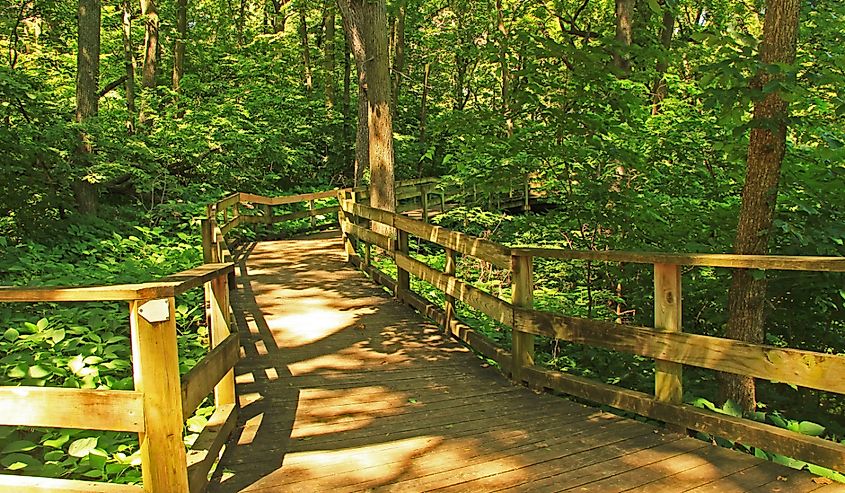
Nature is a consistent part of the city’s layout. There is a massive forest full of hardwood trees called Fontenelle Forest right near the Missouri River. Loads of people from the city love visiting it, having long strolls and doing a variety of things outside, like birdwatching. Or another option, also near the river, Haworth Park provides access to the waterside and a wide-open lawn for community events.
Each summer, the town is home to the Arrows to Aerospace Festival near Washington Park. This event includes things like a parade and a display of vintage aircraft. The city is also home to the Sarpy County Museum, with pioneer artifacts, photos, and more from its early trading post years. Even though Bellevue has increased in dimensions and design, its look and feel still mirrors the stream-side village it used to be, influenced by terrain, the troops, and its first inhabitants.
Bellevue’s story has continued to evolve. From Native American lands and fur trading trails to religious teaching and military connections, the town’s history is deeply woven into the soul of the community. Bellevue has never been just another town. It existed even before Nebraska became a state. Rooted in history but never stuck in the past, it still draws strength from the Missouri River as life around it keeps changing. The spirit that shaped Bellevue early on still runs deep, proving that a place can grow and adapt without losing sight of what came before.
